Do you want to capture incredible nature photography?
Taking stunning nature photos may seem difficult. But it’s actually quite easy–once you know a few tricks.
In this article, you’ll discover our top 7 tips and tricks for incredible nature photography!
And your photos will never be the same again.
Let’s get started.
1. Choose Subjects You’re Passionate About for the Best Nature Photography
All photography starts with a subject.
The subject is the focal point of your photo. It’s the thing that the viewer is drawn to.
And if you want to capture amazing photos…
…you must shoot subjects that you’re passionate about.
If you love birds, shoot birds.
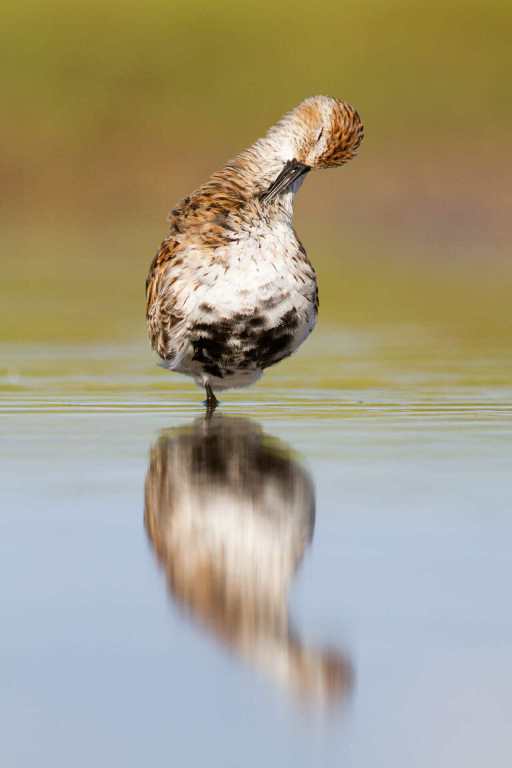
If you love insects, photograph insects.
And if you’re obsessed with flowers, photograph flowers.
Don’t force yourself to photograph a subject because you think it will be popular. Don’t go through the effort of mastering a genre for the likes, views, and comments.
The thing is, nature photography involves carefully studying your subjects. By getting to know your subject, you see them in a whole new light.
But if you’re not passionate about your subject, then you won’t want to spend that time. And your photos will suffer.
So it’s important you know, from the beginning: what do you love to photograph?

Of course, you don’t have to choose a single subject immediately. But you should start thinking, even now, about what you might want to shoot.
And then–experiment! See how you feel photographing that subject. Don’t be afraid to try new scenarios and get out of your comfort zone.
Eventually, you’ll hit on something magical.
2. Shoot During Morning and Evening for Gorgeous Light
Nature photography starts with a subject.
But, more than anything, it depends on light.
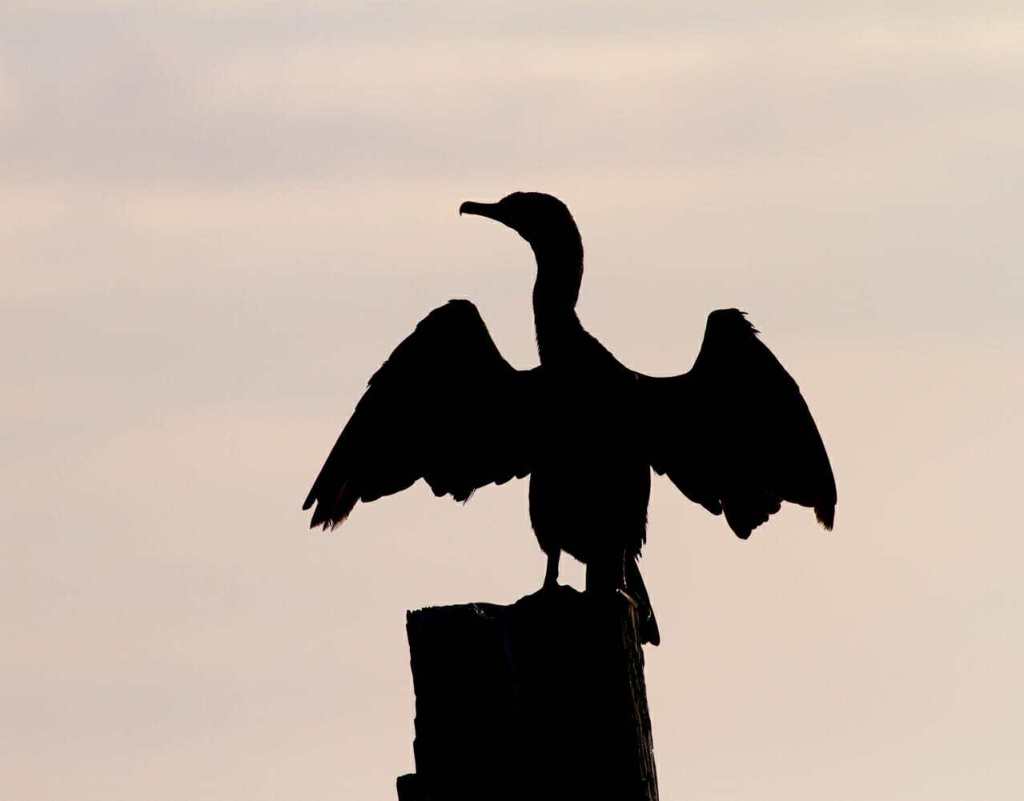
If you shoot during great light, you can capture great images.
And if you shoot during terrible light, your images will be mediocre (at best).
But what counts as great light? What counts as terrible light?
First of all, the worst light for nature photography…
…is light at noon on a sunny day.
Here’s why:
During late morning and early afternoon, the sun is high in the sky. It beats down on subjects–and casts harsh, dark shadows.
This is exactly what you don’t want.
Instead, you want soft, golden light. And you want light that illuminates your subject evenly–without casting harsh shadows.
And this light?
It’s found in the early morning and late afternoon. Up to two hours after sunrise, and up to two hours before sunset.

These times are often referred to as the ‘golden hours,’ because of the gorgeous light.
And when it comes to nature photography, the golden hours are the best.
Hands down.
3. Experiment With Lighting Directions for Unique Nature Photography
You know that you should shoot during the golden hours.
(If you shoot during the golden hours, every single day, your portfolio will expand extremely rapidly. I guarantee it.)
But…
It’s important that you don’t just shoot during the golden hours.
Instead, you need to shoot during the golden hours–the right way.
Let me explain:
When the sun is low in the sky, the light comes from a direction.
If the light comes from behind the photographer, it’s called
If the light comes from in front of the photographer, it’s called backlight (because it comes from behind your subject).
And for nature photography?
Frontlight is generally best.
When your subject is frontlit, it’s illuminated nicely and evenly. You don’t have to worry about harsh shadows. You don’t have to worry about bright light behind your subject.
Instead, you can focus on taking a picture–one that will look gorgeous.
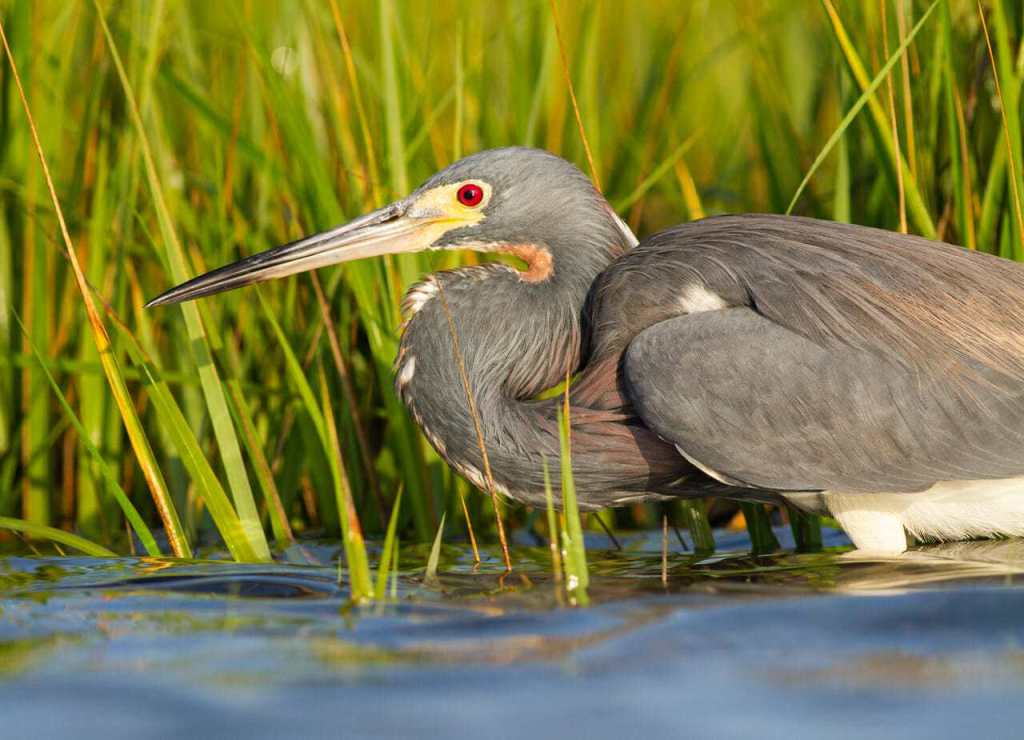
So I recommend that you stick to
A useful trick is to point your shadow at the subject. That way, you’ll always be shooting in the right direction!
4. Look for Simple Backgrounds for Stunning Nature Images
You’ve chosen a nature photography subject.
You’ve found some beautiful, golden light.
Now?
It’s time to think about the background.

The thing is: Photographers often don’t consider the background before taking their shots.
But this is a huge mistake.
Because the background is extremely important. In the best photos, the background emphasizes the subject. The background makes the subject stand out.
And in the worst photos, the background distracts the viewer.
But what makes for a great background?
One thing: A great background…
…is simple.
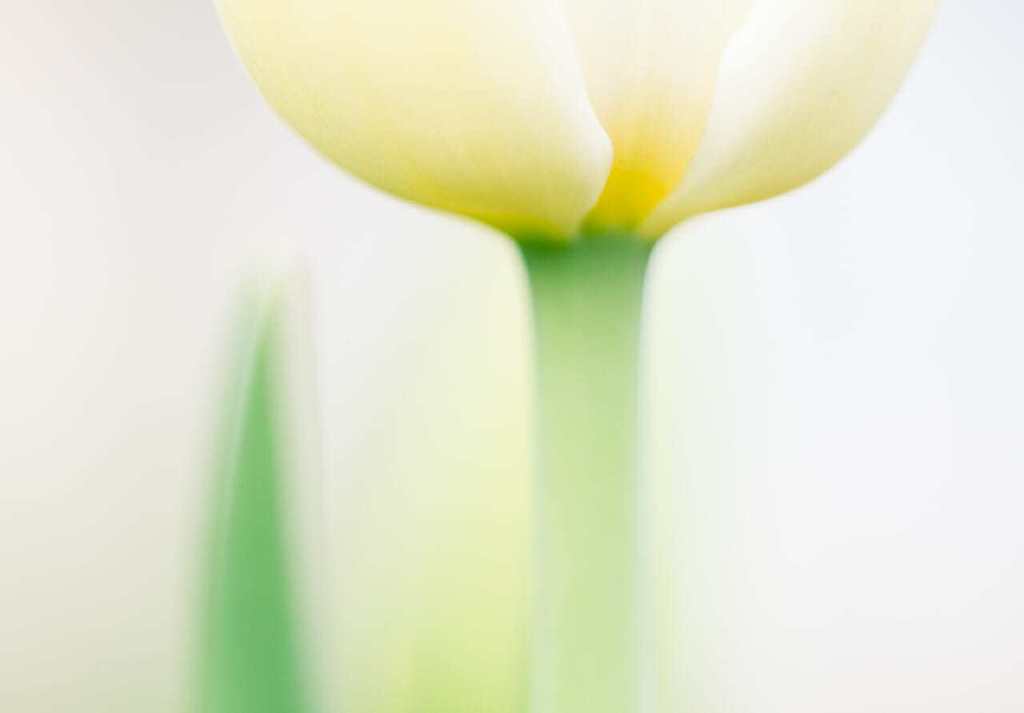
In the best backgrounds, there’s absolutely nothing going on. Perfect backgrounds are a wash of color, designed to keep focus on the subject.
One of my
Plus, the empty sky is different colors at different times.
Use the sky on a cloudy day, and get a pure white background.
Use the sky just after sunset, and get a gorgeous orange background.
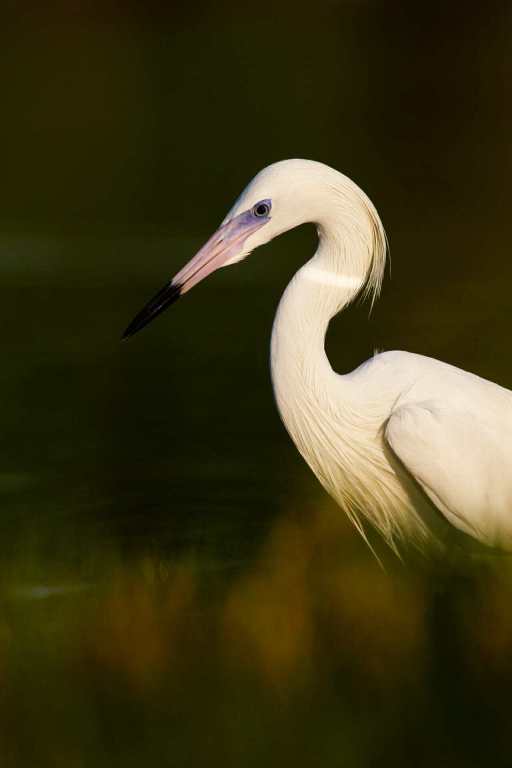
Use the sky on a sunny day, and get an even blue background.
You see?
It’s easy to find a simple background.
You just have to look around!
5. Find a Single Subject for the Most Impactful Photos
If you want to capture stunning nature photography…
…you have to create gorgeous compositions.
(Composition is the arrangement of elements within the frame.)
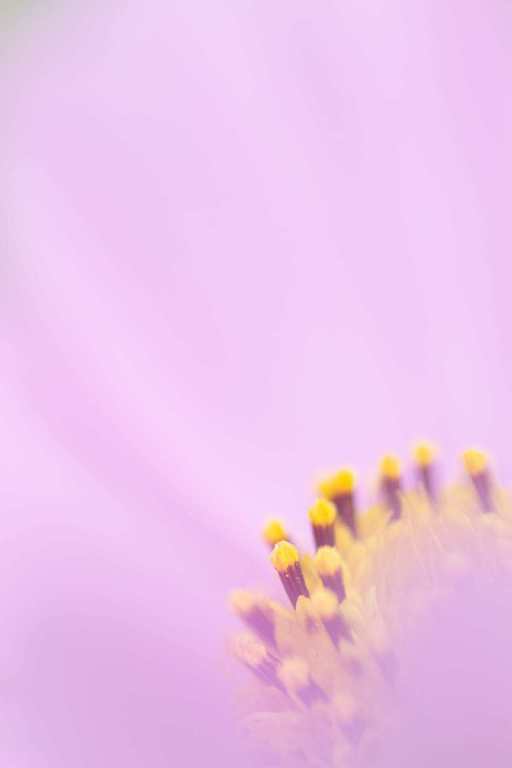
That is, you have to be careful about how you frame the scene.
But how do you create beautiful nature compositions?
Here’s your first composition technique:
Simplify, simplify, simplify.
The best nature photos?
They’re dead simple.
They have a clean background–and a single subject.
For instance, the best bird photographs tend to emphasize a single bird, standing before a lovely backdrop.
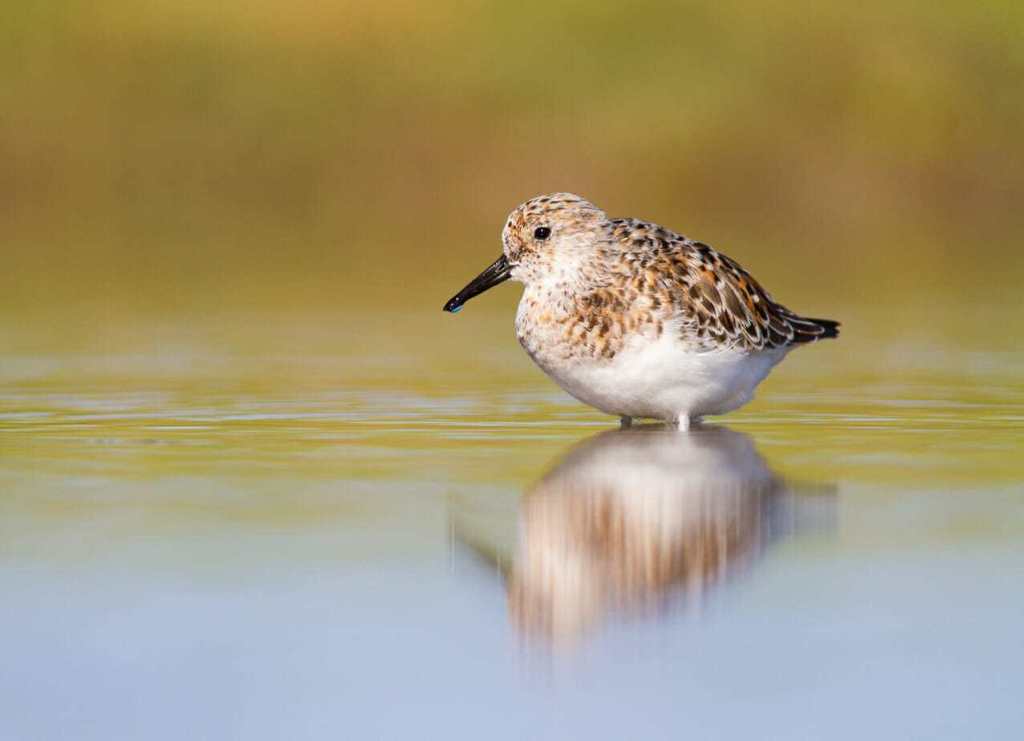
The best flower photographs tend to highlight one beautiful flower.
Now, it’s possible to capture good photos with more than one subject.
But 99 percent of the time?
A photo with multiple subjects just doesn’t work.
When you come upon a beautiful nature scene, here’s what I suggest you do:
First, find a beautiful background, one that’s clean and simple.
Second, find a nice subject.
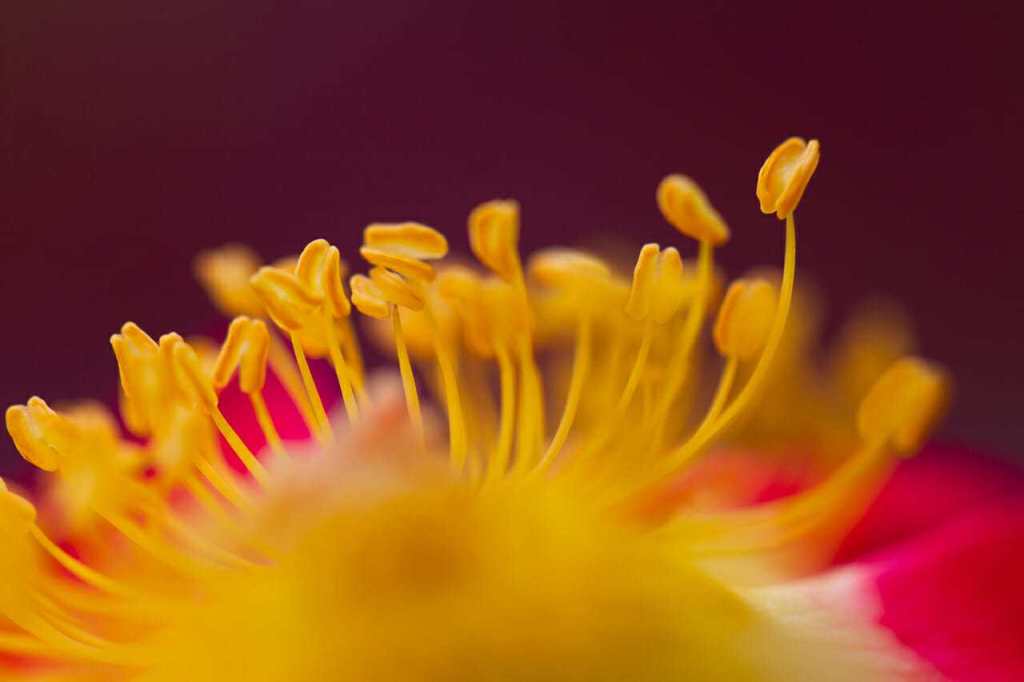
Third, make sure that every distraction is removed from the frame.
You can do this by physically removing elements (stray bits of grass, twigs, leaves, etc.). Or you can change your composition so as to isolate your subject.
Bottom line?
Simple is better.
So keep things as simple as you can!
6. Create Compositions that Move the Eye Through the Frame
Here’s your second composition technique.
The best compositions…
…move the eye through the frame.
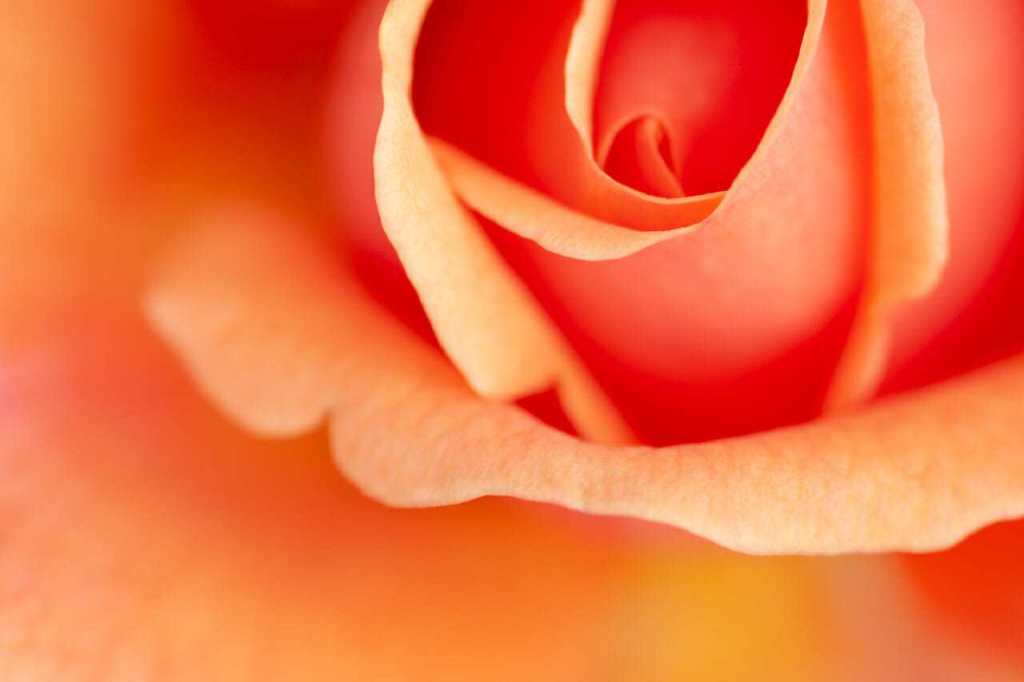
They take the viewer on a journey. They make sure that the viewer is always occupied.
And one way to do this?
Include lines in your shots.
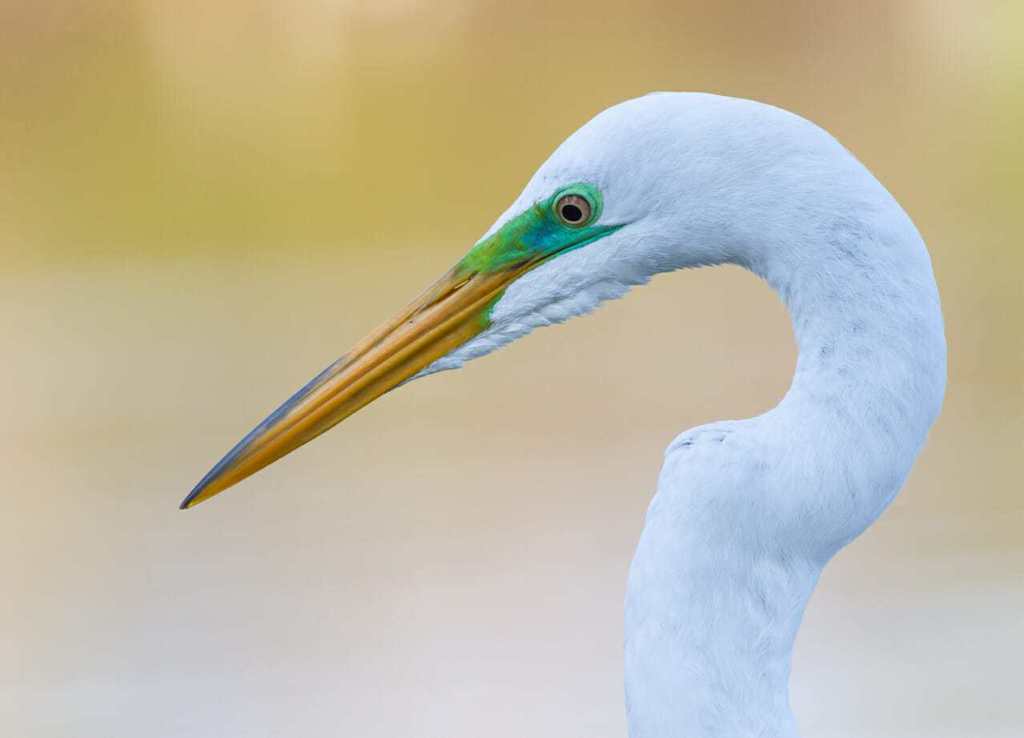
You see, lines direct the viewer. Our eyes our naturally drawn along lines. That’s why lines are a very potent composition technique.
Landscape photographers frequently use lines to bring the viewer into the frame–these are called leading lines. More often than not, leading lines are in the form of a river or a fallen tree.
But flower photographers use lines, too. The line of a flower stem is a great way to keep the viewer’s eye moving through the frame.
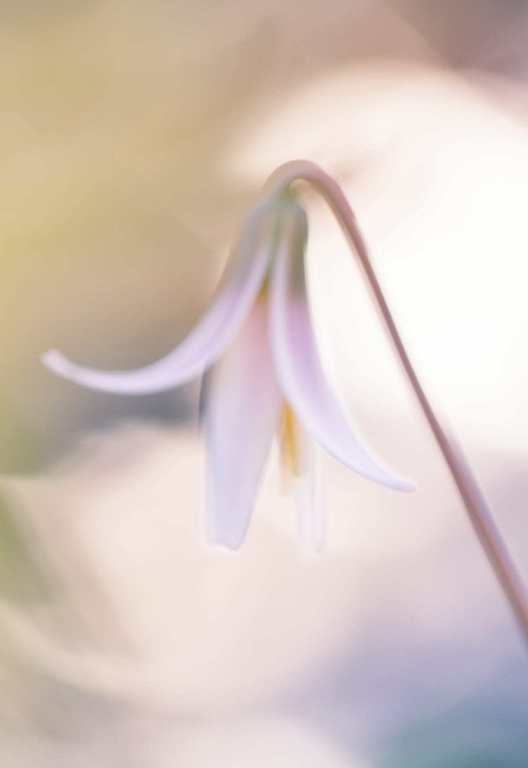
Ideally, your nature photography will include multiple lines. These lines will work together–taking the viewer from one line, to the next, to the next.
Keeping them interested in the photo.
Now, too many lines
Your nature photography compositions will look so much better.
7. Use Creative Techniques to Capture Original Shots
Here’s a final nature photography tip for you:
(And it’s one of my favorites!)
Use creative techniques for stunning nature photography.

What do I mean by creative techniques?
Intentional camera movement.
Freelensing.
Shooting through.
These are photography tricks that aren’t used by most nature photographers–but make for stunning, creative photos.
Let’s start with intentional camera movement (ICM).
ICM is simple to do, and extremely rewarding.

All you have to do is reduce your shutter speed to the 1/2s to
I recommend you try this while shooting a colorful subject against a clear background (for instance, a flower against a cloudy sky).
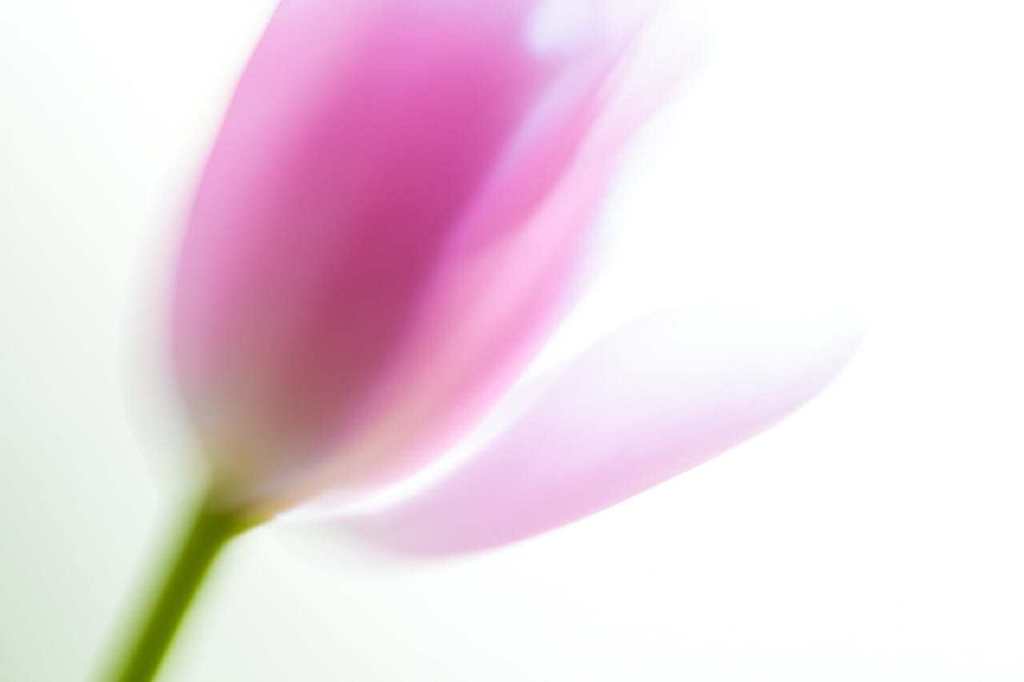
The resulting shot will look original and artsy!
Another great technique is freelensing.
First, turn off your camera and detach the lens. Then turn your camera back on.
Hold the lens up against the camera body–and take photos. When you tilt the lens, it’ll change focus.
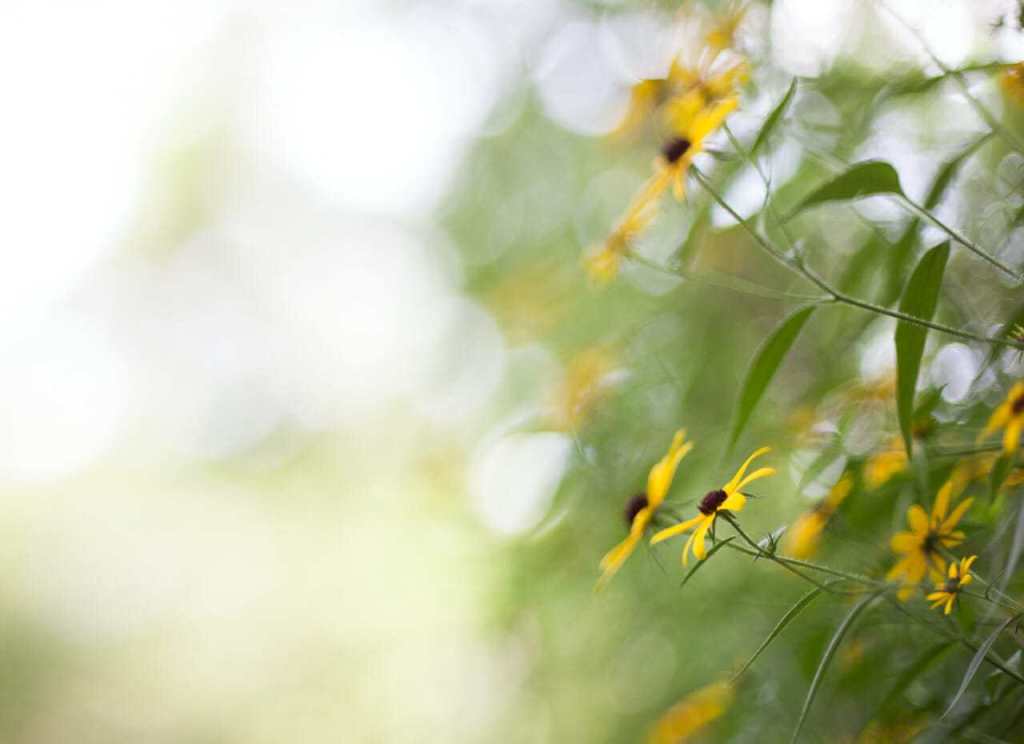
And you’ll get some really stunning effects.
(You should be careful, however. Freelensing exposes your camera sensor to the outside world. For this reason, I recommend using a backup camera body and lens.)
Finally, I’d like to mention one more nature photography technique:
Shooting through.

This involves shooting through some foreground vegetation toward your subject. The foreground vegetation gets blown out of focus, and it creates a nice, pleasant wash of color.
Shooting through is common in macro photography–but you can use it with most nature subjects.
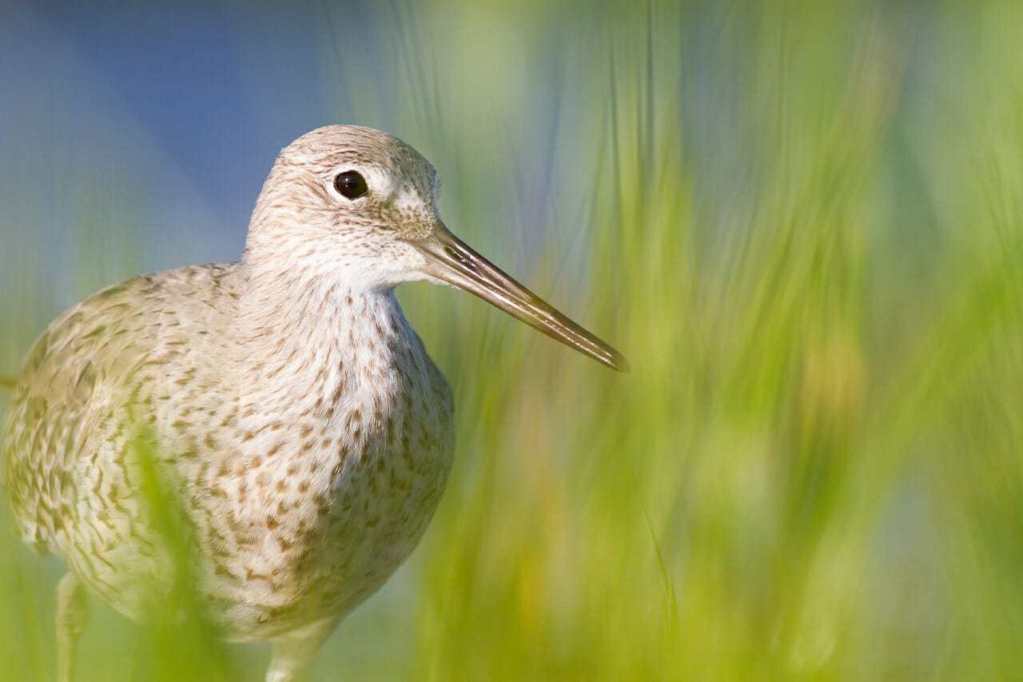
You just have to get creative!
7 Tips for Incredible Nature Photography: Next Steps
Now that you’ve finished this article…
…you know exactly how to capture stunning nature photography.

You know how to find the best light.
You know how to find gorgeous compositions.
And you know some creative techniques for jaw-droppingly original photos.
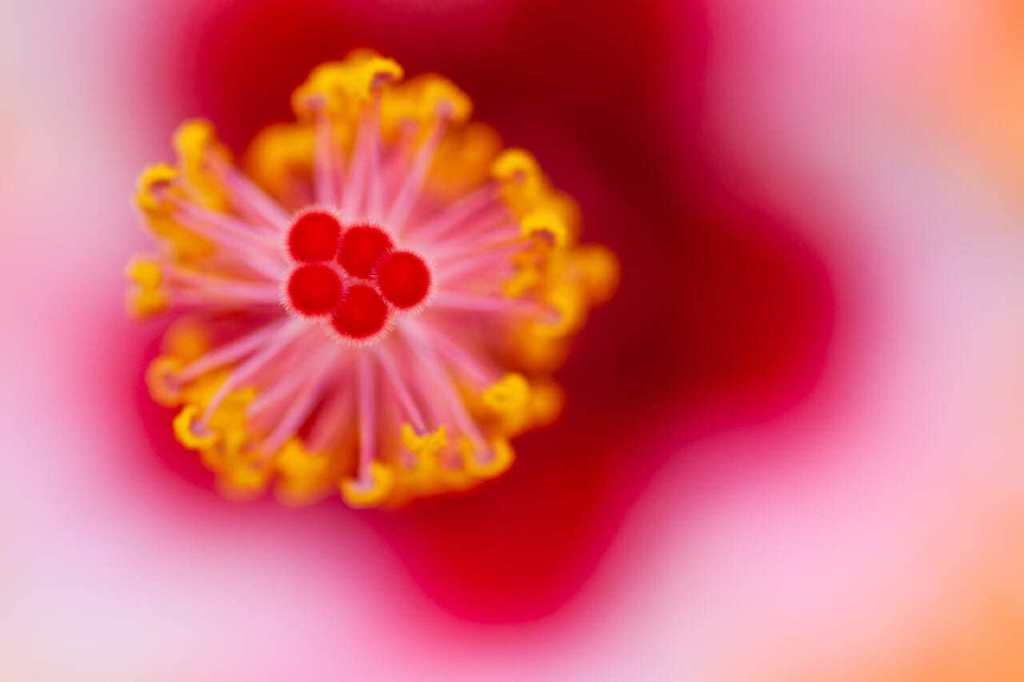
So I urge you to get out and start shooting!
Incredible opportunities await.
Do you have any nature photography tips of your own? Share them in the comments!
Download FREE Photography Lighting Cheat Sheet
Subscribe and get a free downloadable photography lighting cheat sheet
